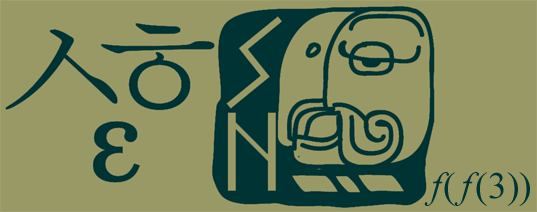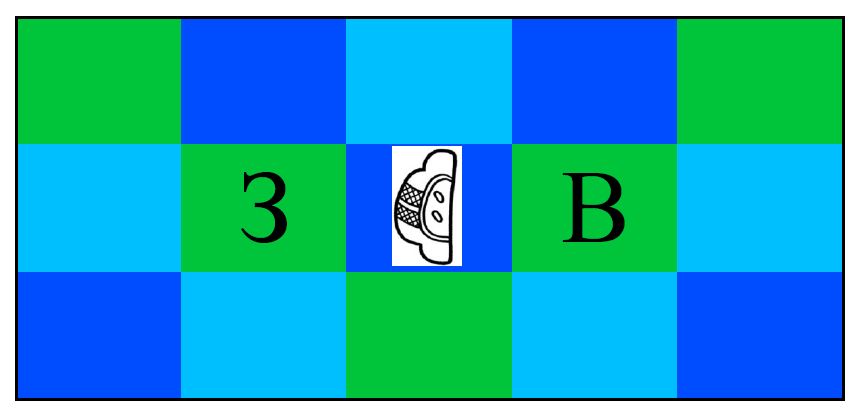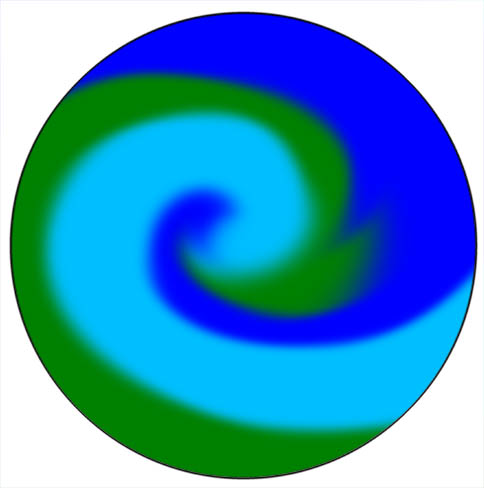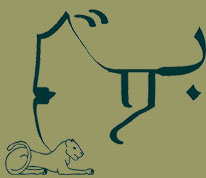 |
 |
|||||||
 |
 |
|||||||
 |
||||||||

the Palimpsest series
The program:
A palimpsest is a document with new text written on top of older, partially erased text. The so-called Archimedes palimpsest is an example; a mathematical text by several writers including Archimedes was mostly erased by a Christian scribe in order to reuse the paper for a prayer book (this happened all the time when paper was a relatively scarce and expensive commodity). Luckily, various photographic and x-ray techniques have revealed the much older text lurking behind the prayers (Here's a fantastic page with more info). The word is often used more poetically to refer to any situation where a newer work coexists with and (at least partially) covers an older work. For example, many painters reuse canvas by painting over older works they don't want anymore.
In a sesnse, Palimpsest pieces, especially their first movements, are variants of Fracture pieces with a more specific structure (see below). The biggest programmatic difference is that I generally have one section or sound world which is supposed to sound like it is continually present, but is often obscured or completely inaudible. This section plays the role of the partially erased, older underlayer of a palimpsest document. I'm fairly certain that this functions more as an organizing principle for me than something a listener would necessarily pick up on. As I look at the three extant pieces, this is probably only detectable in the first Palimpsest piece, p41i/\/\p53$7 α. The structural ideas discussed below have quickly become the more important element.
As can be seen in the list of pieces, the titles of works in the Palimpsest series belie my fascination with the look of programming languages and L337 5P33K (leet speak) even more than the PortRait and brokenAphorism series. For many people, they are initially unreadable, but it's essentially just a substitution code between the usual Latin characters of English with numbers and typographical characters. For instance, the letter "a" might be represented by "4", "@" or even "/-\". "t" might be replaced by "7" or "+". A primary element of this code is that not only are there multiple possible representations for a single Latin character, but many characters share some of the same substitutions, for instance "!", "|" and "1" can function as substitutions for either "i" or "l". Context is the arbiter.
I'm particularly intrigued by the way this transforms the code into some kind of meta-code. When someone reads or writes a passage in L33T, they aren't so much looking for specific substitutions, as they are scanning the line with an understanding of a general substitution principle. This leaves the possibilities for different renderings of "palimpsest" essentially unbounded. I'll run out of greek characters to order them with far before I run out of typographical variations. The reason I use L337 for these titles (leaving aside the fact that I'm just weirdly drawn to such things) is that the subsitution code can be seen as a sort of conceptual analogue to a palimpsest document. The original English words (eventually) shine through a partial effacement using more modern characters. In particular, the typographical entities that have rapidly become ubiquitous in our culture—"$", "#", "@"—conceal the Latin characters even as they force us to focus on their shapes and thus see them even more clearly. It's easy for the letter "S" to be so instantly "translated" in our minds into it's phonetic purpose, but when it's encoded as "5" or "$" it might remind us that even the original "S" is part of its own substitution code.
The structure:
Pieces in this series:
PortRait of the ArTist,**NYC2001
Solo Cello and Recorded Electronics
Summer '01
more info
Note: There is not yet a palimpsest Γ or Δ, although I have ideas for them that I like enough to reserve the titles for.







